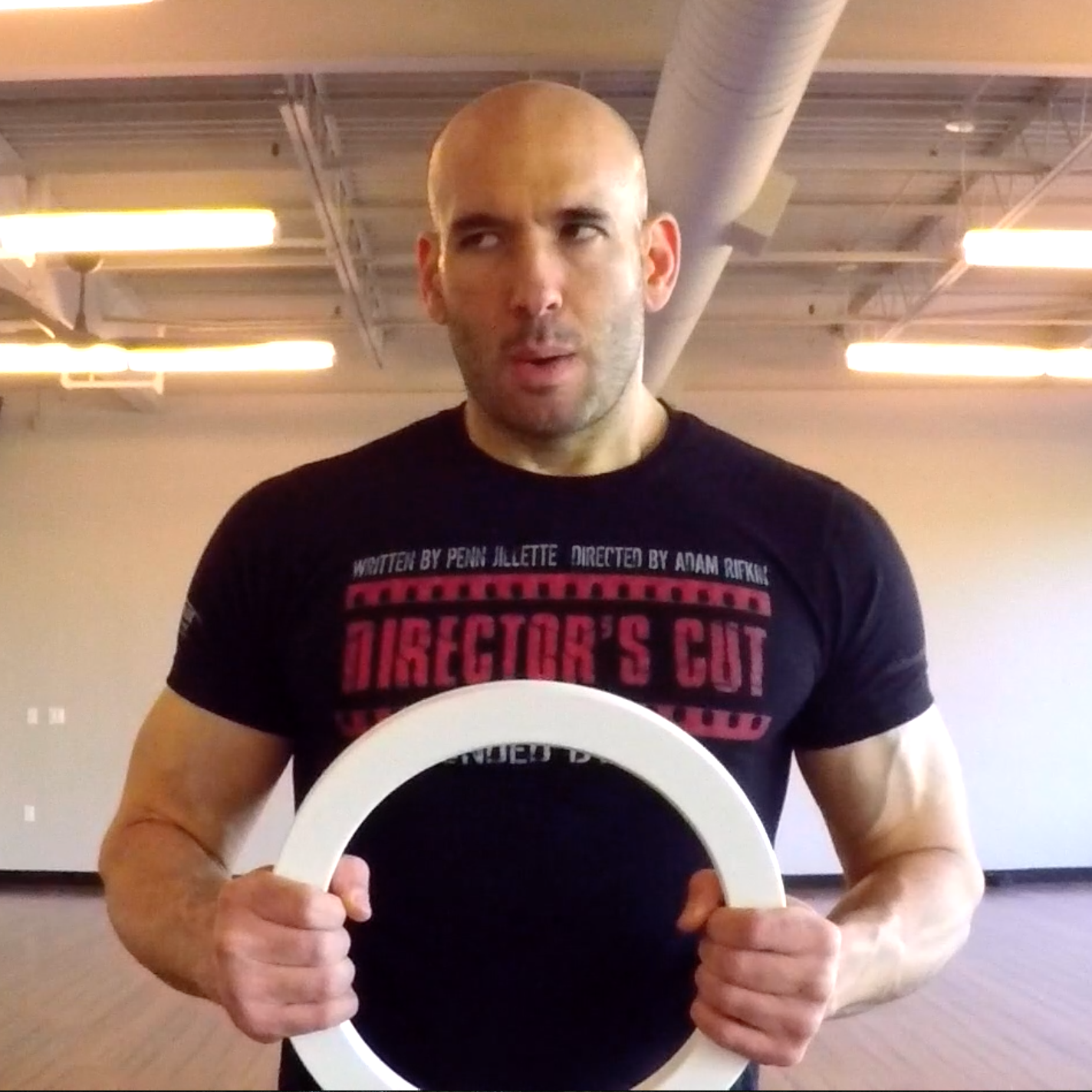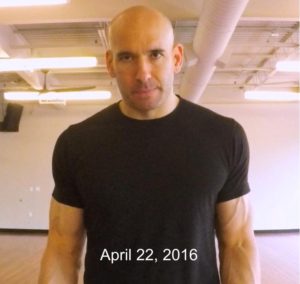Watching Delaney Bayles in competition at WJF 11 reminded me of a training technique I had forgotten about. And it’s a smart one you all can benefit from immediately. Like all good training techniques, this will require some patience. But if you have the patience to read this blog, you may have the patience to practice smarter.
I spent months editing the WJF 11 Overall Championship program that will air on ESPN International later this month so I may have spent more time watching Delaney, Jonah and Spencer juggle than anyone else. Here’s what should impress you about Delaney both physically and intellectually. Most of her moves start before the pattern has been qualified. In some cases just a flash of the pattern is completed before a freestyle or short program move is attempted. Your initial response to that may be to assume that she’s trying to get to it before her pattern falls apart. Fair enough. If that were the case, then she’d have to delay the move even longer while she struggled to correct the pattern, losing strength and accuracy in the process. But what becomes more apparent as you watch Delaney’s style is that her patterns are already perfect from the start, so why waste time and energy on a pattern that gets you no points? If you’re good enough to start a move just after a flash has been achieved, why wouldn’t you? The longer you juggle, the more energy you use. So it really comes down to a mathematical equation that I’m sure Scotty Meltzer could demonstrate with mathy type symbols and I can only explain with human words. A two-minute routine’s chances of success come down to time limit over duration of necessary juggling minus time spent chasing props like you’re chasing a chicken. I’m sure none of that is mathematically correct but I had fun trying.
The quicker you can get through your routine, the less energy you’ll expend and the more likely you won’t make fatigue induced errors. The applications of this strategy applies to practice sessions as well. Jugglers are too stubborn for their own good. I’m a perfect example of this. In fact, I had a built in self destruct error correction gene that, once triggered, forced me to recover the strength to execute a decent attempt. I’m of course talking about throwing my clubs three football fields away in a toddler-esk temper tantrum. All that frustration was a result of bad practice structure. Juggle 7 balls until the pattern looks good, then try a 7 up 360. Well, after 60-70 throws trying to perfect the pattern, who has the energy for a 7 up 360 unless everything is perfect and even then, your arms are tired and less likely to make perfect throws. “Fixing” should never be a requisite before attempting something more difficult. Stopping should. If you can’t attempt whatever move you’re working on after ONE throw of each object, what should you be working on? The first throw of each object. It goes back to what I’ve always taught – master the flash before adding more throws. OK, I suppose I didn’t stipulate to master the flash before attempting a new move, but I could propose the “duh” argument in response to that. If you force yourself to stop if the pattern isn’t set up right for perfect continuation of either the same pattern or a new move, you’ll accomplish three things. You’ll get better at setting up your basic pattern, you’ll save time, and you’ll conserve your energy for more effective practice.
SUMMARY
For those of you who like to skim or just read the last lines of things, when working on a move – if your basic pattern isn’t perfect within the first throw of each object, stop and start over. Try the move right after a flash of the pattern and ONLY IF the flash is set up perfectly.
Thank you and goodnight.




